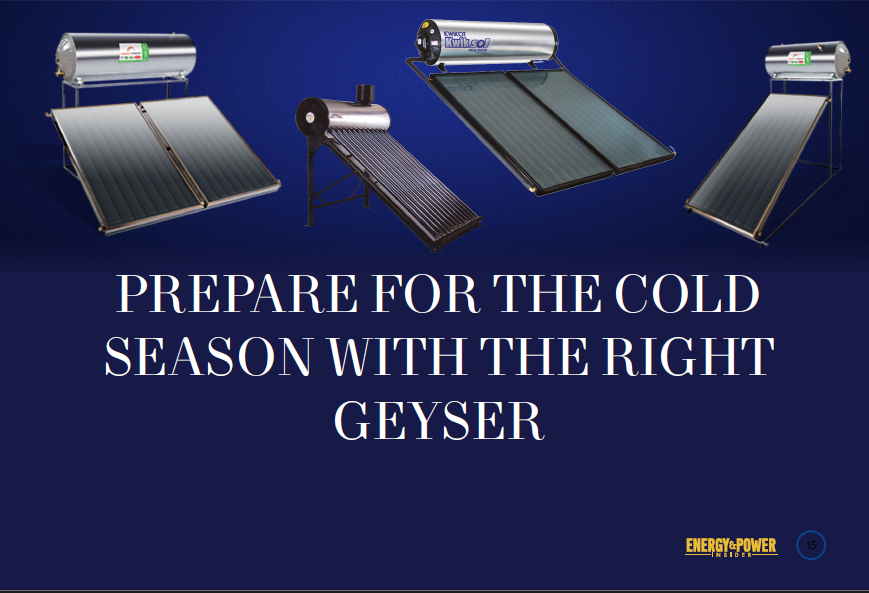During the winter months that are approaching, geysers or water heaters play an important role in the home. Even if you have the money and the time to go out and purchase your hot water geyser, it can be a daunting task if the right information is not at your disposal concerning what exactly you can take home. However, information is readily available, whether you’re a new or experienced buyer. Loads of information is usually available from store managers, or better still, ask around for advice from those with some knowledge or experience like friends, workmates, or even church members.
Most people who are looking for a new geyser have thought about the services of professionals
to maintain them. Different needs and personal taste also determine the type of geyser to be finally purchased. Purchasing has been made easy with the proliferation of e-commerce, complementing the traditional in-store service.
Different types of geysers are coming onto the market frequently, making it a demanding task to choose the right one for your home. This aspect requires homeowners to pay attention to specific factors before purchasing a geyser that will last and satisfy your needs.
To demonstrate the affordability of gas geysers, a 9kg gas bottle with a total heat output of 7,5 kw with all burners combined, can consume about 0.555 kg/h of LPGas. The same gas bottle will last 16 hours of non-stop usage with all burners on.
Gas geysers can save you a significant amount of money. Far more efficient than electrical geysers, they are a viable and cost-effective alternative for hot water provision for your home. It has been calculated that the savings on the monthly electricity bill could be as much as 40% by going with gas.
There are different types of geysers, including instant/electric/tankless geysers, storage geysers, and solar geysers that are quite worthy of being part of any home. For instance, the Instant Electric Water Heaters, Instant Electric Tankless Hot Water Heater, and Instant Hot Water Tap are available, providing a wide range of selections. They are widely used and come in different capacities. Having one in your home ensures quick heating of cold water and saves valuable time. These products are made using
a durable heating element that is efficient when in need of instant hot water. These instant water heaters also use less ZESA since they are not connected to a tank that needs electricity to maintain certain levels of warmness. One of their biggest advantages is that the hot water supply is always guaranteed.
When buying any of these you need to consider things like size, shape, wattage, brand, the type of building where you want to install the tank, the quality of the tank and heating element, the type of energy source required by the geyser, whether you should choose a tank or tankless geyser and whether the geyser is energy-efficient. Other things to consider include price, model style, safety features, and electricity usage.
Pay attention to features like the thermostat (which regulates temperature and prevents water from overheating), digital display (digital meters show the water’s temperature in the tank), heater controls (allows for the management of a geyser’s power with heater controls), safety valves (when the water is hot, it regulates both the pressure and the temperature) and remote application control (for setting the temperature).
As the world adopts green energy, retailers are joining the movement towards solar geysers. Some well-known solar geyser brands include Sunpower Green Energy Gravity Solar Geysers, Sunpower Green Energy Pressure Solar Geyser, Monarch Solar Non Pressure Geyser, Suntask Solar Pressure Geyser and Supahot Geyser Solar Panel.
Users might ask if a solar geyser is worth it for your home. Just dwelling on the financial benefits, you will realize its importance. When installing a solar water heater system these are the steps to follow:
- Mount the solar collectors.
- Install the storage tanks and heat exchanger.
- Install piping systems for the antifreeze fluid.
- Install water transport pipes.
- Install control systems.
- Insulate the system.
Science has proven that geysers contribute 40% to 60% of the total amount of electricity consumed
in an average home per month. With this level of consumption, there is a need to carefully use electricity, to reduce the pressure on the national grid. Some users across the globe have since begun to install geyser timers as a means to control the operating schedule of the geyser.
Consumers should be aware of the four factors that influence the amount of energy your geyser uses. These are the type of insulation you do or do not have, the type and condition of your geyser, the quantity of hot water you use, and the frequency of use.
Since higher temperatures are usually not required as they will cause the use of more energy, it is recommended to maintain your geyser’s thermostat at 60°C to manage the use of your electricity. Also, switching your geyser off during the times that you are not at home for a couple of days or on a trip, helps to minimise electricity consumption.
As you ponder your next bath time, or any other household chores that need hot water, amid the risk of load shedding, we must know where to buy the next geyser or keep our geysers well maintained by professional plumbers to avoid disappointment. Warm and happy winter times ahead!
Text by Martin Chemhere

